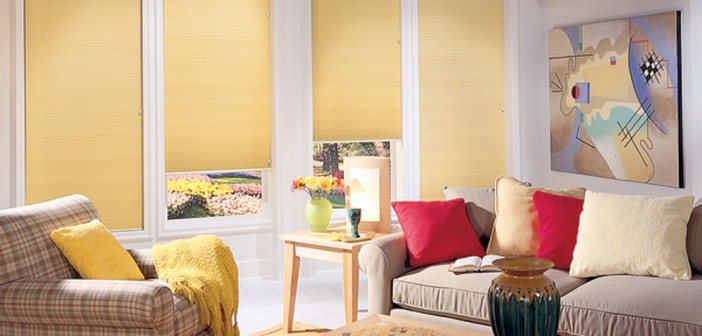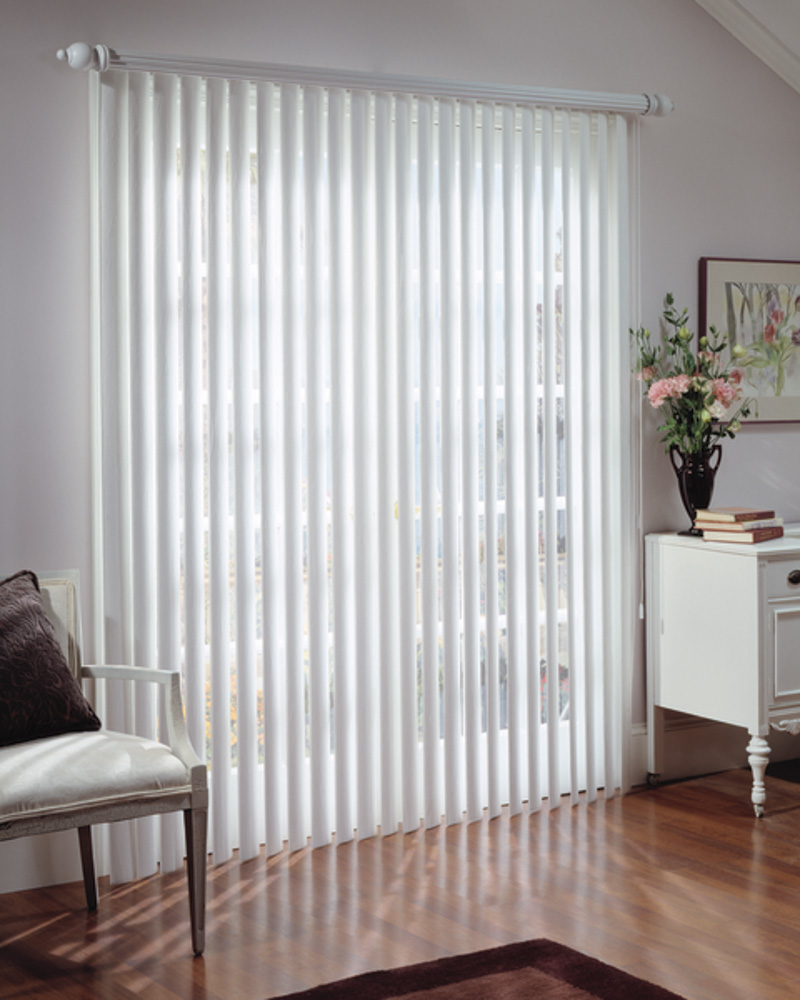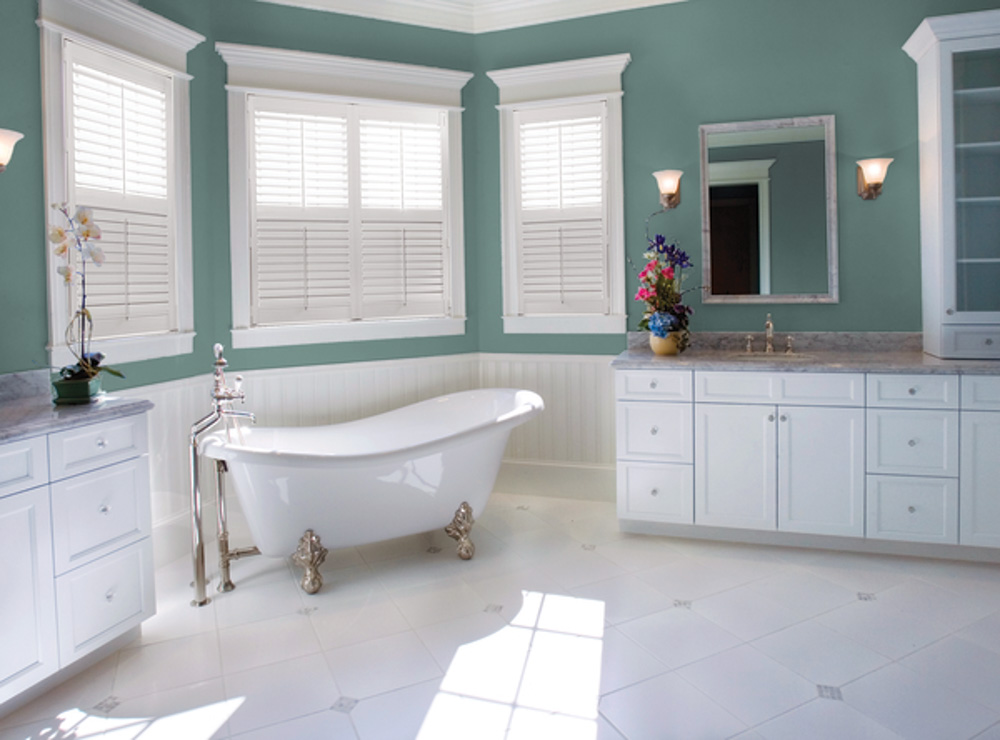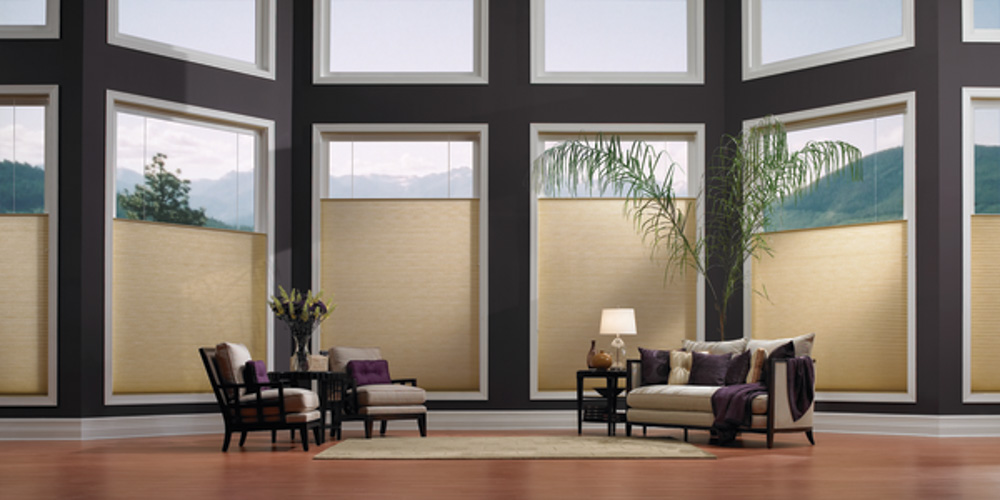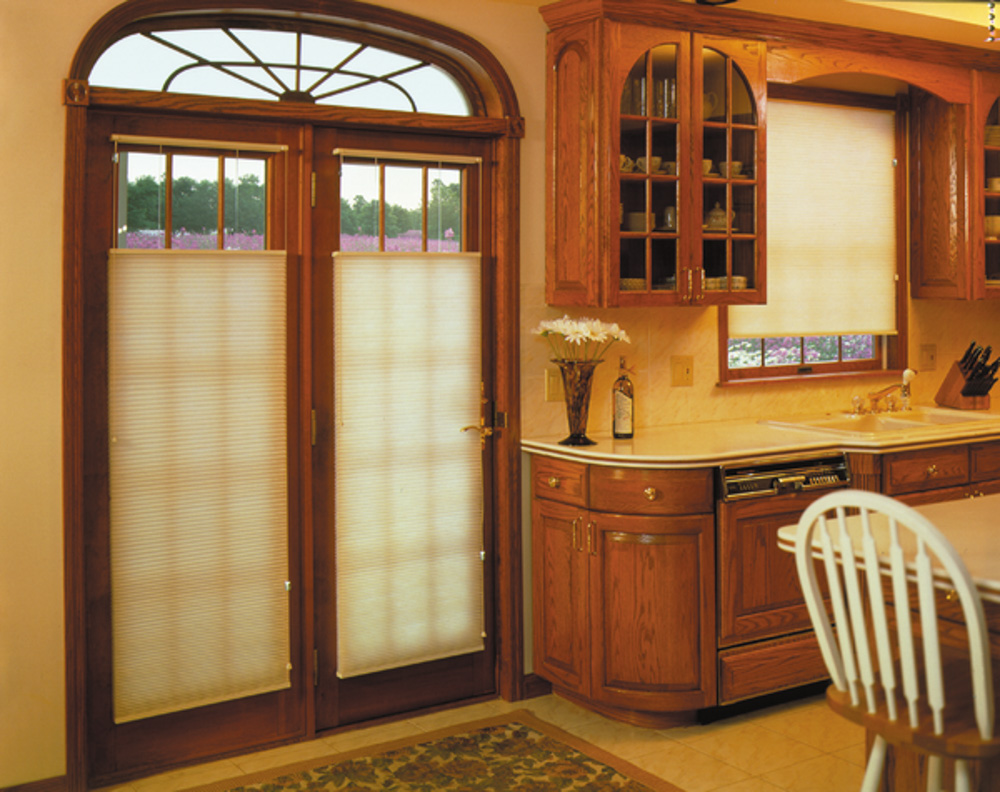Choosing window coverings for your home can be overwhelming – and a major investment. I have met with people who purchased blinds that were installed incorrectly in many ways. They did not cover the window properly, the screens could not be removed without removing the blinds and brackets, the valance didn’t have the proper returns, the controls where on the wrong side, and other issues. Moreover, the homeowner did not need the window treatment, or was sold a very expensive product because the salesperson told them it was the only thing that would work in their window. Beware these window covering mishaps!
When chosen and installed correctly, window blinds can be a focal point in a room and can add a lot of color and texture to the decor. Make sure you can see color samples, and in some cases, an actual sample of the product so you can determine whether it meets both your needs and your taste. Make sure you understand how the controls work, so you don’t wear out or break them.
If you plan to do your own window measurements and are unsure how to do it, stop! Call a professional to do the measuring; it will be worth the investment in the long run. I’ve met with homeowners who ordered blinds that didn’t fit and ended up stacked in their garage, because they measured incorrectly and could not return the product.
Other things to consider when choosing blinds include child-safety controls, styles that provide insulating or room-darkening, ease of cleaning, motorization for hard-to-reach windows, and of course, your budget. There are so many styles of blinds and shades today; it is very important to determine which one will work in your home and also look the best.
Basically, there are two types of blinds: louvered and non-louvered. Louvered blinds come in different sizes – from 1” to 3.5”. The variety of materials includes wood, vinyl, aluminum, faux wood, bamboo, and cloth louvered blinds called window shadings.
Shutters are a very nice louvered window covering option. Louver sizes start at 1.5” to 4” and they are typically offered in wood, faux wood and vinyl.
Non-louvered blinds come in a variety of colors and materials. Styles include Honeycomb Shades, Roller Shades, Roman Shades and Woven Woods. They can be ordered with different options such as vertical panels, folding panels, top-down, and top-down-bottom up.
The best advice I can give to someone purchasing window coverings is to ask the dealer a lot of questions about how the product works, and take your time to be sure it’s the right window covering for your home, your taste and your budget.
Sponsored by Discovery Blinds & Shutters
Gary Fitko 810.429.3343 ggfitko@gmail.com

